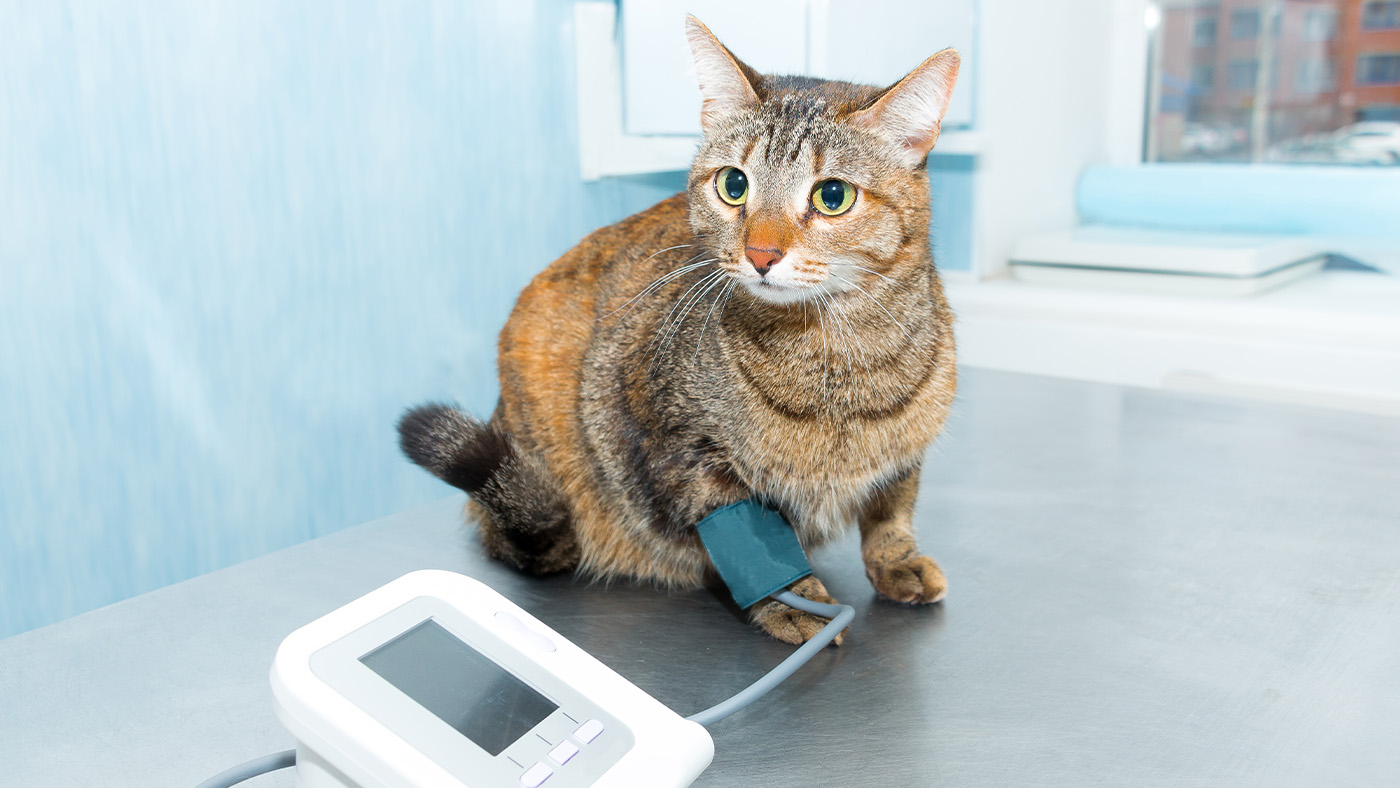Vet explains condition known as the ‘silent killer’ that affects 1 in 5 older cats
High blood pressure in cats is more common than we realize

Cats can suffer from many of the same health conditions as we do, but high blood pressure is one we don’t often think about when it comes to our animals.
However, it’s relatively common, and affects senior cats in particular. In fact, one in five cats over the age of nine has high blood pressure, also known as hypertension, and we often simply won’t realize that our cats are affected. It can’t be managed solely by giving them the best cat food for senior cats, so what else can we do?
Well, with May being Feline Hypertension Awareness Month, Jimmy Bratley, veterinary practitioner for Feliway, has explained what we need to do about the condition and how we can help our beloved cats.
High blood pressure in cats is often referred to as the “silent killer” because of a lack of early physical symptoms, but it’s potentially life-threatening. While it’s relatively common in older cats, and is treatable with medication, 82% of senior cats don’t receive blood pressure checks.
"Signs associated with feline hypertension can be insidious and vague, especially to start with,” says Bratley. “The clinical signs we see associated with this condition relate to the organs that are damaged due to the persistently elevated blood pressure, known as target organ damage.”
He explains that damage to the central nervous system as a result can result in behavioral changes, potentially including the following:
- Disorientation
- Lethargy
- Sleeping more
- Increased vocalization
- Being unco-ordinated or ‘wobbly’
Meanwhile, the eyes are sometimes also affected, leading to blindness, as are the kidneys, which can mean your cat is more thirsty, urinates more frequently, and may lose weight or eat less.
Get the best advice, tips and top tech for your beloved Pets
High blood pressure in cats can’t be managed with diet, according to Bratley, as he explains that the evidence suggests restricting salt alone won’t help bring blood pressure down.
“Hypertensive patients should be fed a good quality veterinary formulated diet, without excessive salt, that factors in other patient-specific factors, such as underlying or concurrent diseases and palatability,” he says. “Fundamentally, their condition will only be adequately controlled using anti-hypertensive medication."
To get your cat’s blood pressure checked, you can take them to a vet. The process is similar to that of taking the blood pressure of a human, but of course with adjustments that take into account the smaller size and different body of a cat.
For more advice on caring for older felines, here are 32 tips for taking care of senior cats

Adam is a freelance journalist specialising in pets, music and culture, and mental health and wellbeing. He investigates and writes the large majority of news on PetsRadar, and collaborates with veterinary experts to produce informative pet care content.
Adam has a journalism degree from Southampton Solent University and a masters degree in Magazine Journalism from Cardiff University. He was previously senior editor at dog advice website DogTime.com, and has also written for The Independent, GoodToKnow and Healthline.
He owns two rescue cats, Bunny and Dougie, and has also previously had a rabbit, fish and Roborovski dwarf hamsters.
